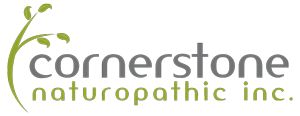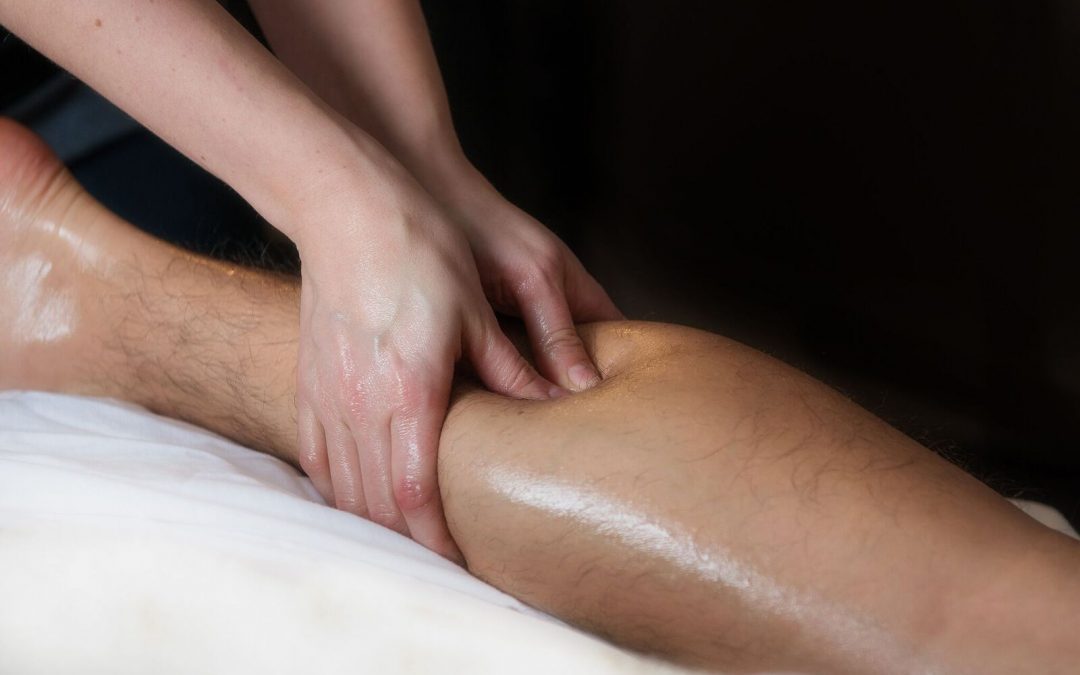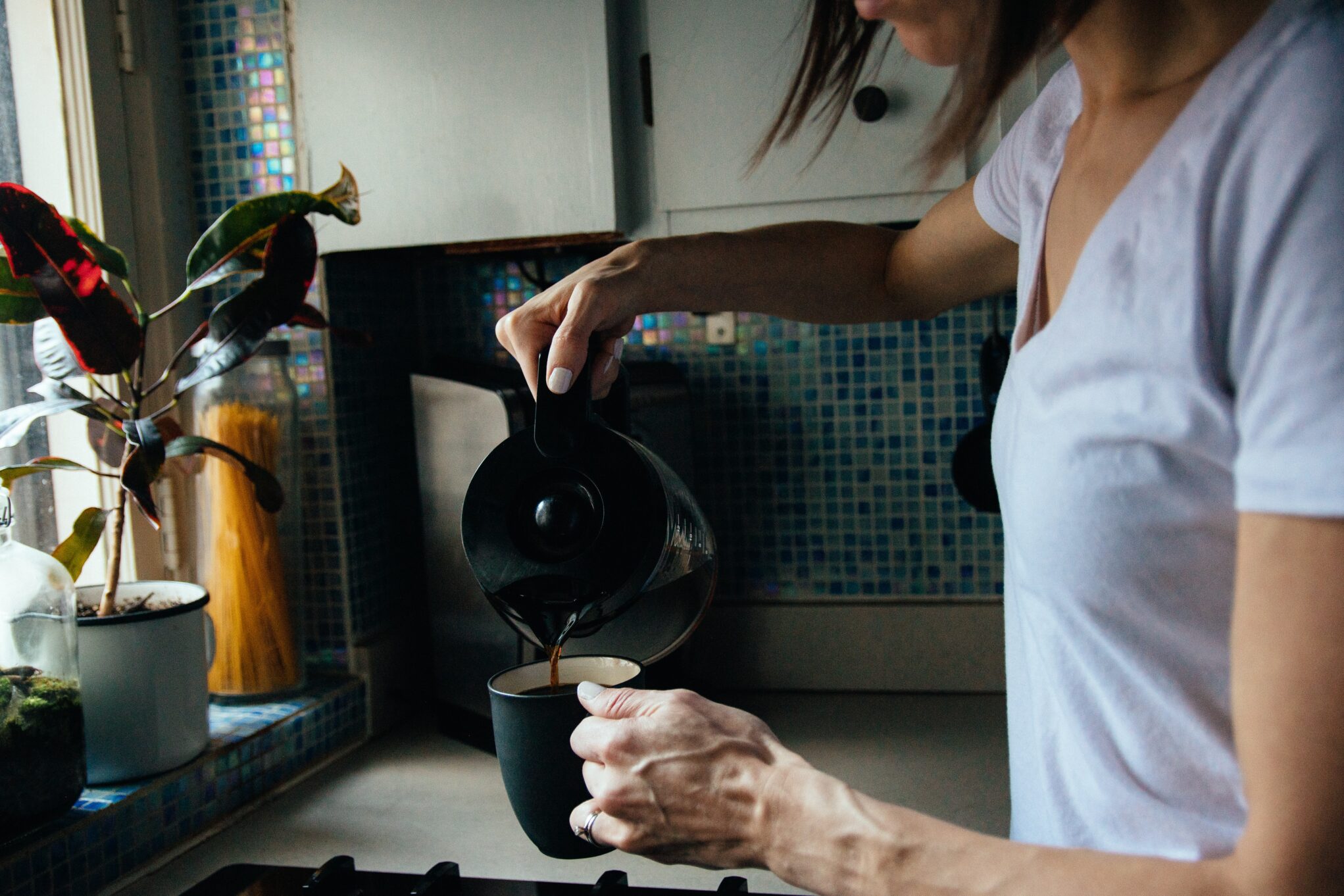There are a few simple things you can do to keep your RMT happy. All of which are beneficial to you, your health and your lifestyle, so why not implement them regularly to achieve your optimal health?
Drink Plenty of Water
Your RMT knows when you haven’t been drinking enough water. Even when you say you do, as soon as we get to work, we can tell. Your dehydrated muscle tissue prevents the skin from rolling as it should due to your blood thickening and muscle fibres beginning to stick together. So, drink the water!
A healthy body should consume about half their weight in ounces each day. If you’re 150lb, you should be drinking about 75 ounces per day. Your first glass of water in the morning is crucial. Before eating, or drinking your coffee, be sure to have a tall glass, as your body is dehydrated from sleeping all night. It will also boost your metabolism.
Water is by far, the most important nutrient for a healthy body. It helps with almost every bodily function and even lubricates and protects your joints, which can be the starting point for many injuries. Muscles are 70% water, and your brain is even more, weighing in at 85% water. If you’re not getting enough water, you’re more likely to be injury prone, and you’ll need even more attention from massage therapists and physiotherapists. When your brain is dehydrated, you’ll feel fatigued and lethargic until you replenish the water supply.
Make sure you drink plenty of water before and after your massage therapy appointments as well, to help the body flush out toxins that are released during treatment.
Static and Dynamic Stretching
There are two types of stretching to consider around your workout or physical activity. Static and Dynamic.
Dynamic is typically suggested pre-workout or activity, as it’s used to stimulate and wake up your muscles to prepare for the upcoming activity. It involves more movement than static stretching, and is frequently specific to the exercise you’re about to perform.
Static stretching movements are best saved for after your workout. Static stretches includes holding the muscles for 15-30 seconds to relax the muscles after your workout. This decreases the neural stimulation and enhances relaxation in the muscles.
Should you perform static stretches before a workout? My answer is no. Static stretching can decrease an athlete’s ability. For example, if a volleyball player stretches their legs or calves before a game, they tend to have less power and much less height in their jumps than those who didn’t.
Properly preparing your muscles before a workout, and also relaxing them after, will greatly help your recovery and prevent injury – making your RMT happy.
Get Moving
This one should be obvious. Our bodies are meant to move. And while it’s common to be sitting at a desk, or sitting on the couch in the evenings, you have to get up and move. Whether you need an activity tracker to tell you when you need to move, or can do it yourself, make sure you’re frequently getting up during the day so you aren’t sitting too long.
Our muscles are the most healthy when they are worked, then left to rest – but not too long. Studies show that bodies heal much better when they get moving. Physical activity helps pump vital fluids through the body, not to mention the cardiovascular and muscular benefits attached to moving.
There are small changes you can make in your daily schedule to make sure you are moving more. Using a smaller water glass instead of a large bottle will make you get up more to stay hydrated, or setting up your printer down the hall so you have to get up to go get your documents. You can also use an activity tracker like a Fitbit or Apple Watch to notify you when you’ve been sitting too long and remind you to get up and walk around.
Listen to your Body
Your body is constantly sending you messages. Pay attention to them and if something hurts, stop doing it. Don’t push through. Many injure themselves trying to overdo it when their body is begging for rest.
Over-training is a very common issue for patients coming through my door with injuries. Like I said above, your body performs best when it moves, then rests. So take your rest days!
Deep Breathing Routine
Deep breathing before you go to bed will help to calm and relax your nervous system and allow you to clear your mind for a great sleep. Make sure to practice deep breathing once you are in bed; getting up to do those last minute tasks will disrupt your relaxation. To encourage optimal sleep, turn your phone off, turn out the lights and then start your deep breathing.
Try the 4,7,8 technique:
- Exhale through your mouth.
- Inhale through your nose, counting to 4.
- Hold your breath and count to 7.
- Exhale while counting to 8.
Repeat the sequence several times. Deep breathing will lower your heart rate, relax the body and calm your mind.
We have now resumed our Massage Therapy practice, so be sure to book in as space is filling up!







